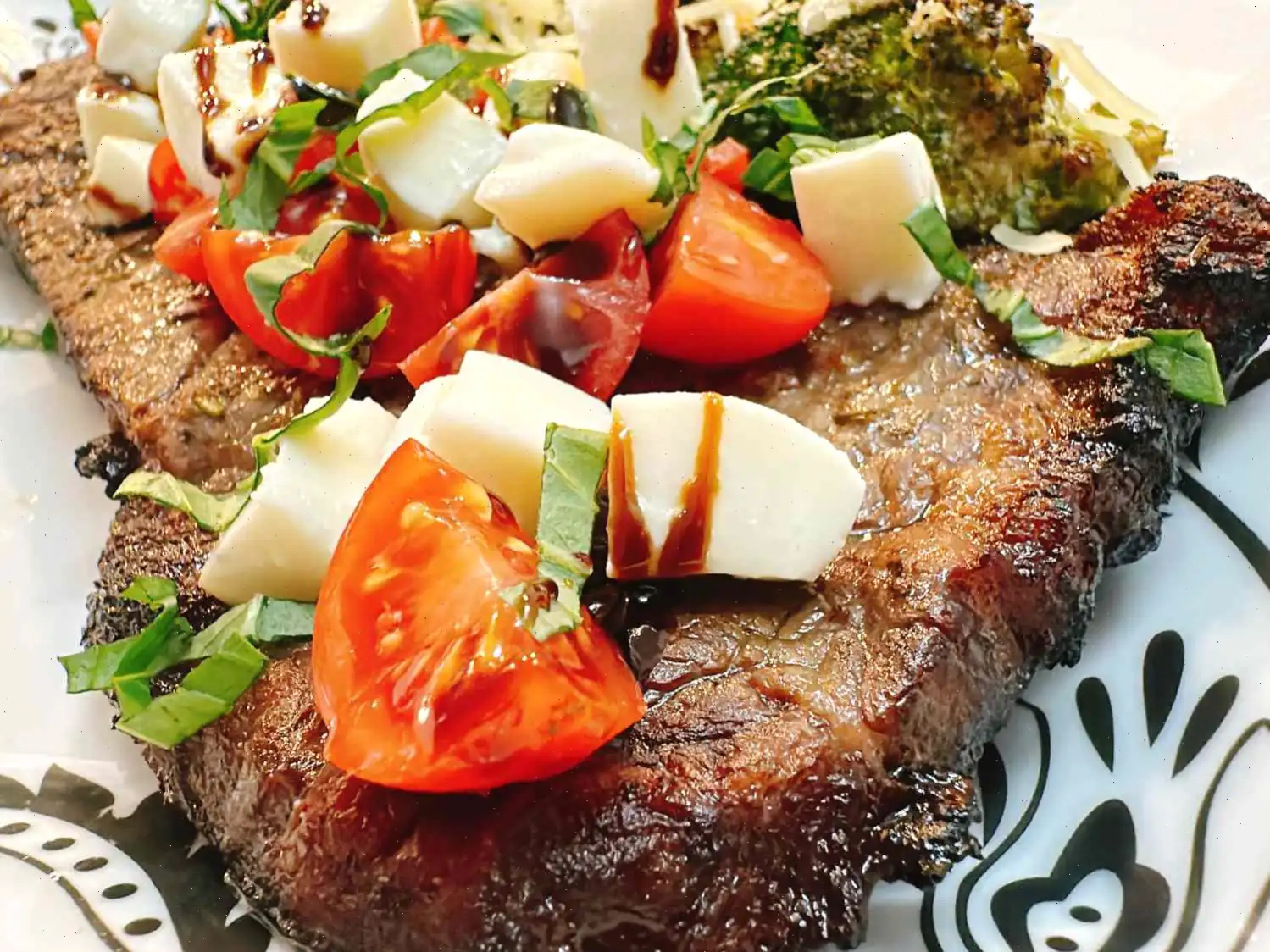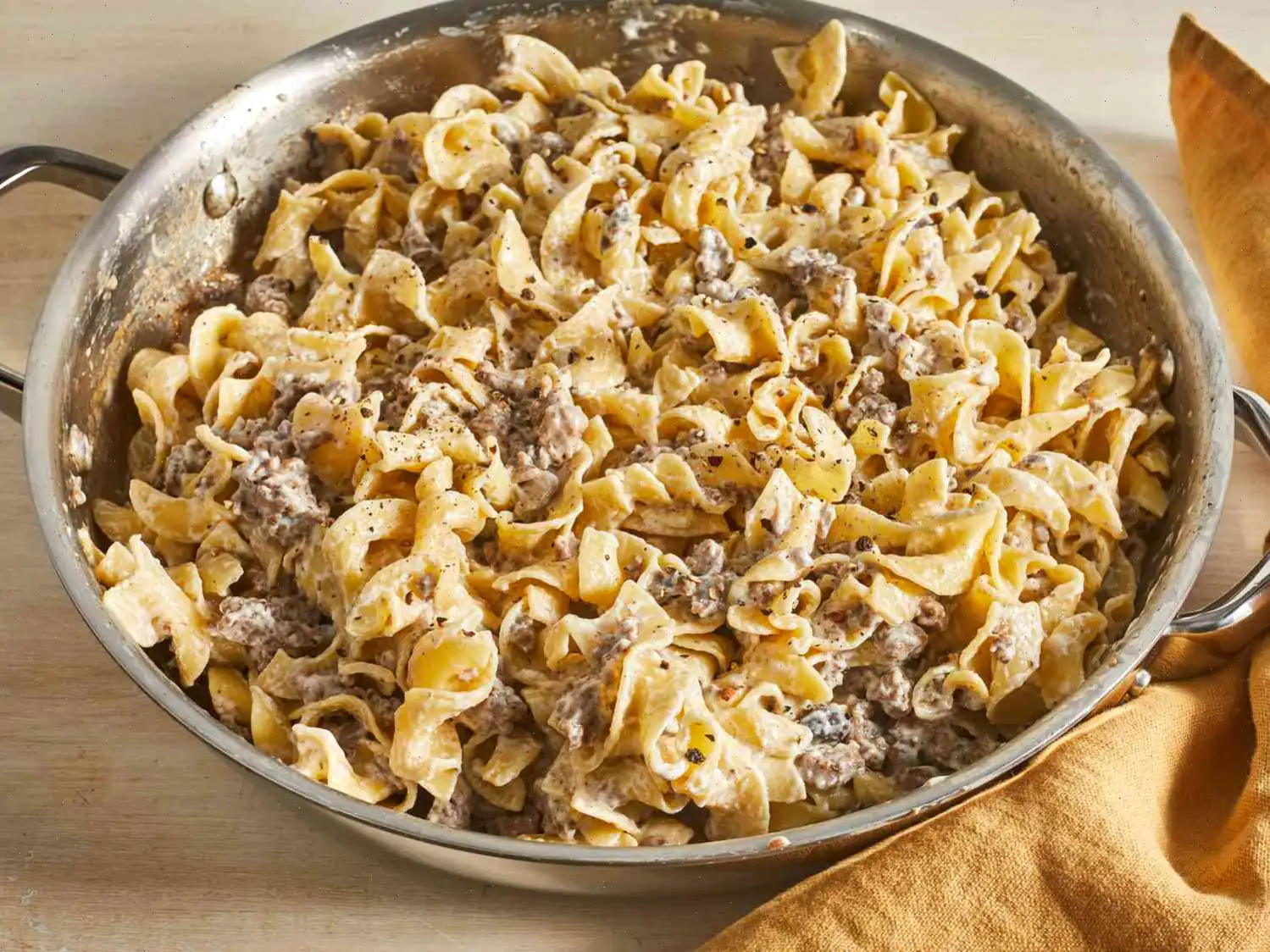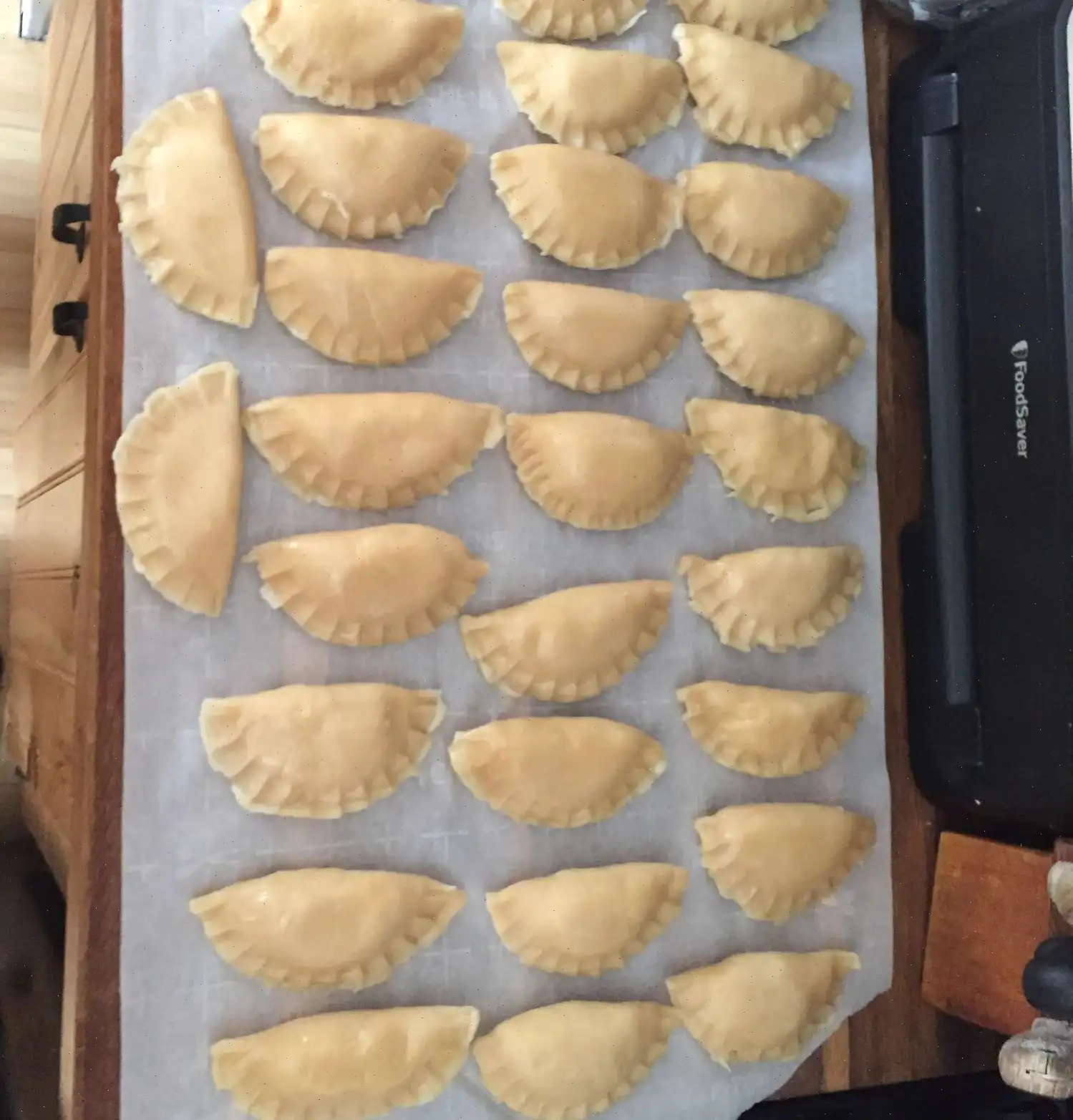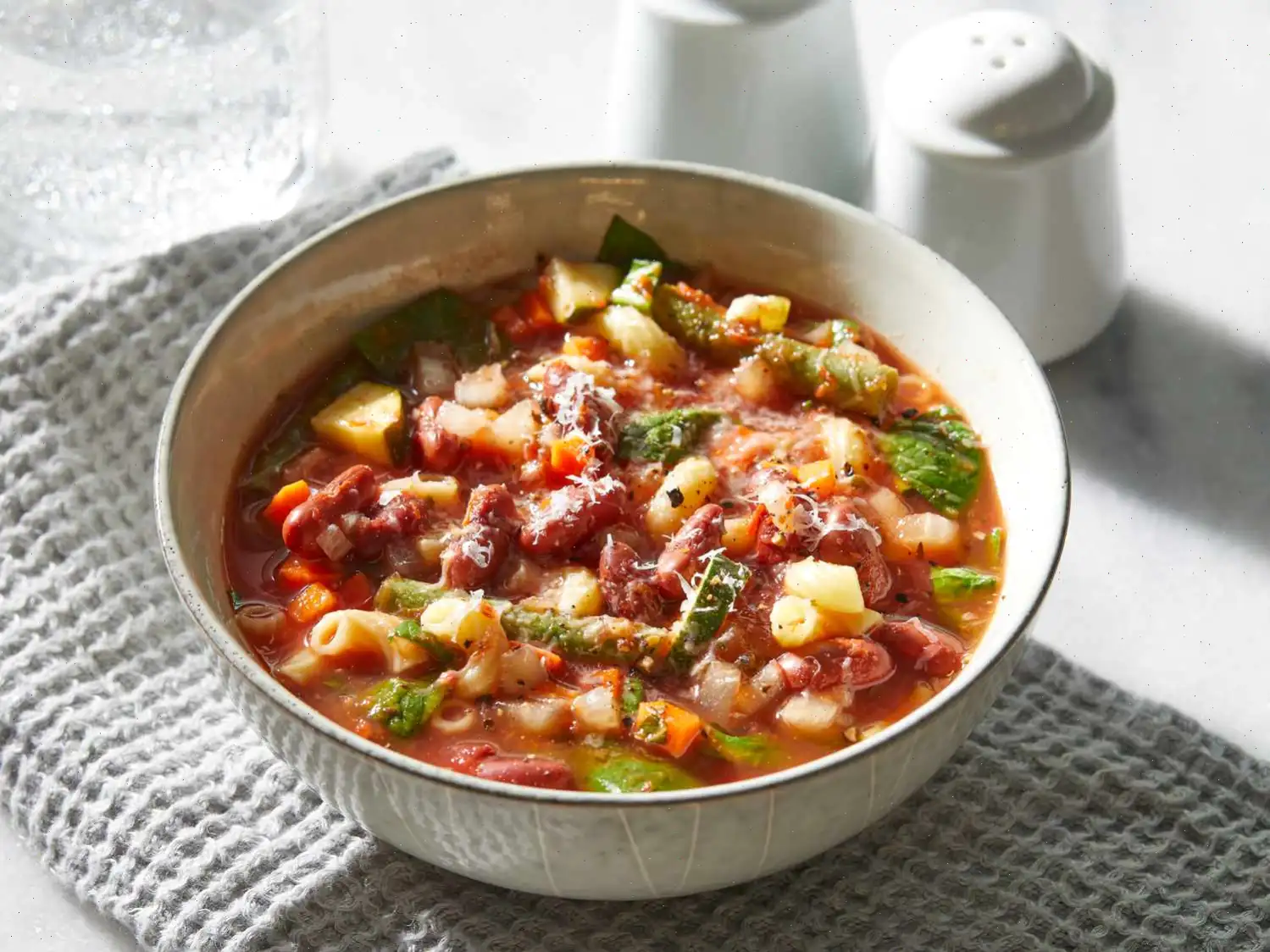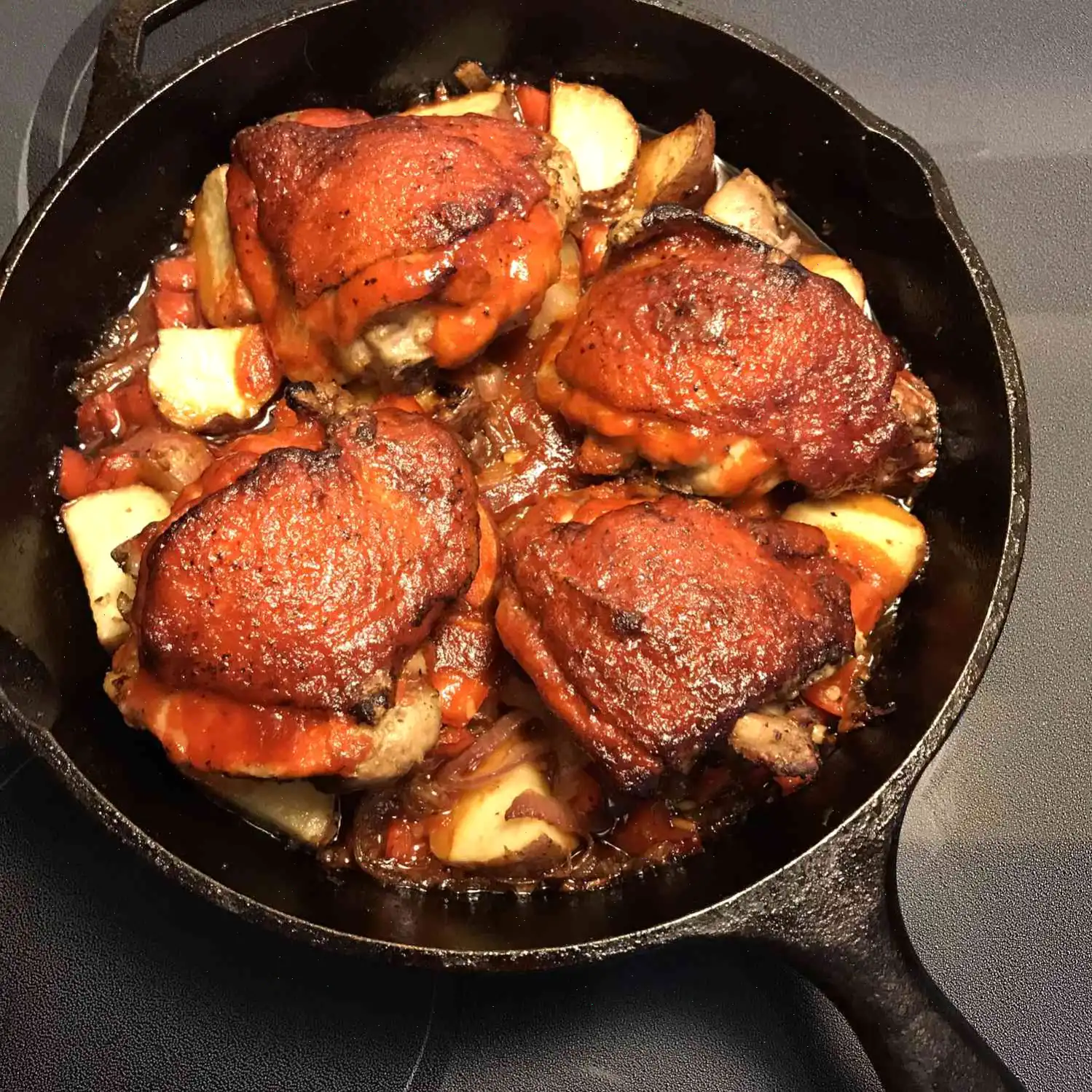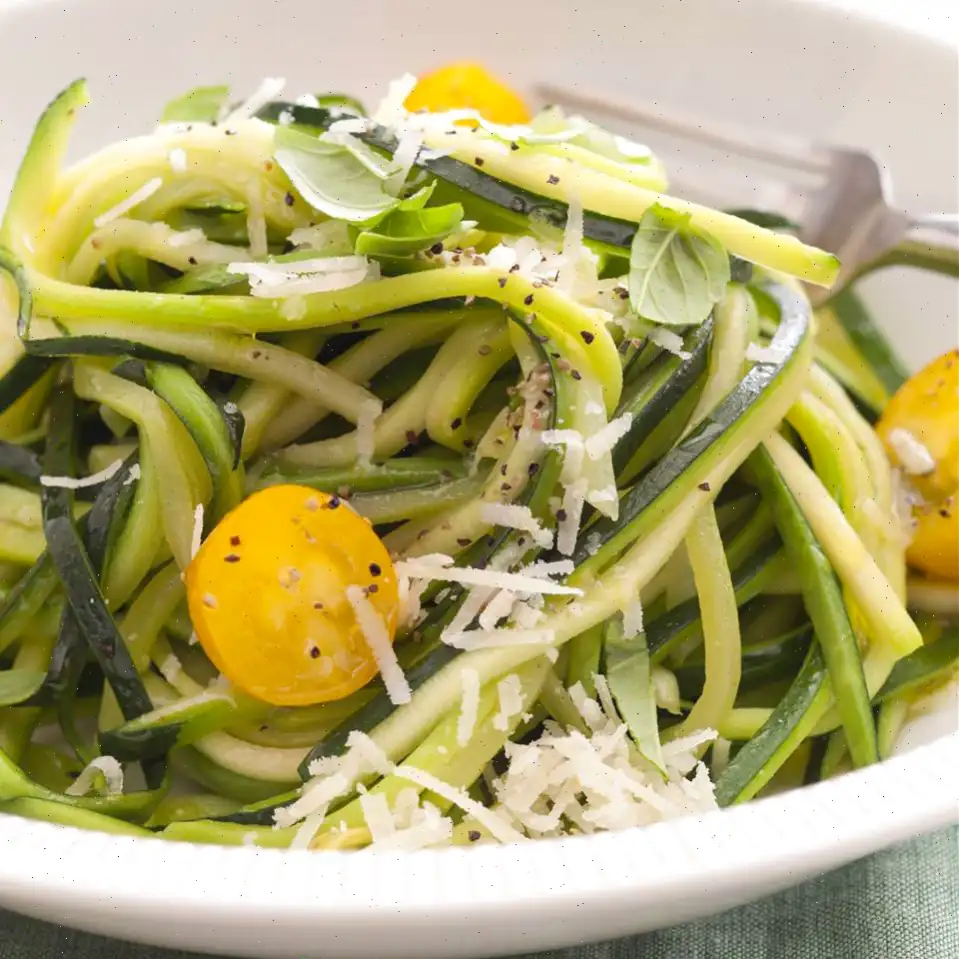
Balsamic Caprese Grilled Steak Recipe
Ingredients
This recipe is based on the original yield of 1 serving. Ingredient quantities will adjust automatically if you scale the recipe, but cooking times and instructions remain unchanged. Note that not all recipes scale perfectly.
Marinade and Steak
- 2 tablespoons olive oil
- 1 tablespoon balsamic vinegar
- 1/2 teaspoon dried herbs
- 1/8 teaspoon garlic powder
- 8 ounces strip steak
Caprese Topping
- 3 mozzarella pearls
- 3 cherry tomatoes
- 3 fresh basil leaves
- 1 teaspoon balsamic glaze, or to taste
Directions
- Combine olive oil, balsamic vinegar, herbs, and garlic in a resealable plastic bag.
- Pat the strip steak dry and place it into the marinade. Seal the bag and refrigerate for at least 30 minutes, or up to overnight for deeper flavor.
- Prepare your grill by brushing the grates with oil or spray. Preheat a gas grill on high with the lid closed for 10-15 minutes.
- Remove steak from the marinade, letting any excess drip off, and discard the remaining marinade.
- Place the steak directly on the hot grill grates. Sear with the lid closed for 2-3 minutes per side. Rotate the steak 45 degrees halfway through each side to create crosshatch grill marks.
- Move the steak to indirect heat and continue cooking until it reaches your desired doneness: 1-2 minutes per side for rare, 2-3 minutes per side for medium-rare. Transfer to a platter and keep warm.
- Quarter the mozzarella pearls and cherry tomatoes, and slice the basil leaves into thin strips.
- Arrange the topping over the steak and drizzle with balsamic glaze before serving.
Cooks Note: Snack-size mozzarella portions are perfect for this topping. Avoid grilling beyond medium-rare, as balsamic vinegar in the marinade can burn if cooked too long.
Nutrition Facts (per serving)
- Calories: 948
- Fat: 72g (92% DV)
- Saturated Fat: 22g (111% DV)
- Cholesterol: 200mg (67% DV)
- Sodium: 257mg (11% DV)
- Carbohydrates: 11g (4% DV)
- Dietary Fiber: 1g (3% DV)
- Sugars: 9g
- Protein: 65g (129% DV)
- Vitamin C: 5mg (5% DV)
- Calcium: 158mg (12% DV)
- Iron: 6mg (35% DV)
- Potassium: 751mg (16% DV)
*Percent Daily Values are based on a 2,000-calorie diet. Your daily values may be higher or lower depending on your calorie needs. Nutrient information is based on available data and may not reflect all ingredients. Consult a doctor or dietitian if following a medically restrictive diet.
The Story Behind Balsamic Caprese Grilled Steak
The Balsamic Caprese Grilled Steak is a modern twist on classic Italian flavors, blending the rich taste of a perfectly grilled steak with the freshness of a traditional Caprese salad. Its roots trace back to Italy, where Caprese salad originated on the island of Capri. The salad traditionally combines ripe tomatoes, fresh mozzarella, and basil, drizzled with olive oil and sometimes balsamic vinegar. Integrating these ingredients atop a grilled steak is a contemporary adaptation that reflects the global fusion of culinary traditions.
Regional Variations and Distinctive Characteristics
While the original Caprese salad is a staple of southern Italian cuisine, the Balsamic Caprese Grilled Steak is more common in North America and parts of Europe where grilling culture is prominent. In Italy, the emphasis is on simplicity, letting each ingredient shine, whereas in the U.S., chefs often pair the salad with hearty proteins like steak to create a complete, protein-rich dish. Some regional adaptations might use different balsamic glazes, smoked salts, or even microgreens instead of basil to provide a nuanced flavor profile.
Comparison with Similar Dishes
Unlike a traditional Caprese salad, which is served cold as an appetizer, the Balsamic Caprese Grilled Steak is a warm entre where the seared meat contrasts with the cool, creamy mozzarella and fresh tomatoes. Compared to a typical grilled steak topped with sauted vegetables, this dish emphasizes freshness and acidity from the balsamic glaze, creating a balance between rich and light flavors. This combination sets it apart from standard steak recipes or even other Italian-inspired steak dishes like steak pizzaiola.
Where Youll Typically Find It
This dish is often served in upscale casual dining restaurants, modern Italian bistros, and at backyard gourmet barbecue events. Its visual appealcrosshatched grill marks, colorful tomato and basil topping, and glossy balsamic drizzlemakes it a favorite for dinner parties and special occasions. While less common in traditional Italian trattorias, it is increasingly popular in fusion restaurants that celebrate both American grilling techniques and Mediterranean ingredients.
Interesting Facts About the Dish
- Balsamic vinegar, a key ingredient, is aged for several years in wooden barrels, giving it a complex sweetness that complements the savory steak.
- The Caprese combination of tomato, mozzarella, and basil is said to represent the colors of the Italian flag.
- The dish exemplifies the modern trend of surf-and-turf in reverse, pairing a land protein with the light, refreshing qualities usually reserved for seafood salads.
- Grilling the steak to medium-rare is critical, as the caramelization of the balsamic vinegar enhances its flavor without overpowering the freshness of the Caprese topping.
- This recipe is highly adaptable; variations may include heirloom tomatoes, burrata instead of mozzarella, or flavored balsamic reductions.
In essence, Balsamic Caprese Grilled Steak celebrates the marriage of Italian simplicity with bold grilling flavors, offering a vibrant and satisfying experience that appeals to both meat lovers and salad enthusiasts alike.
You can listen to this recipe in AI audio format. Simply click the play button below to listen to the content in a format that suits you best. It’s a great way to absorb information on the go!


